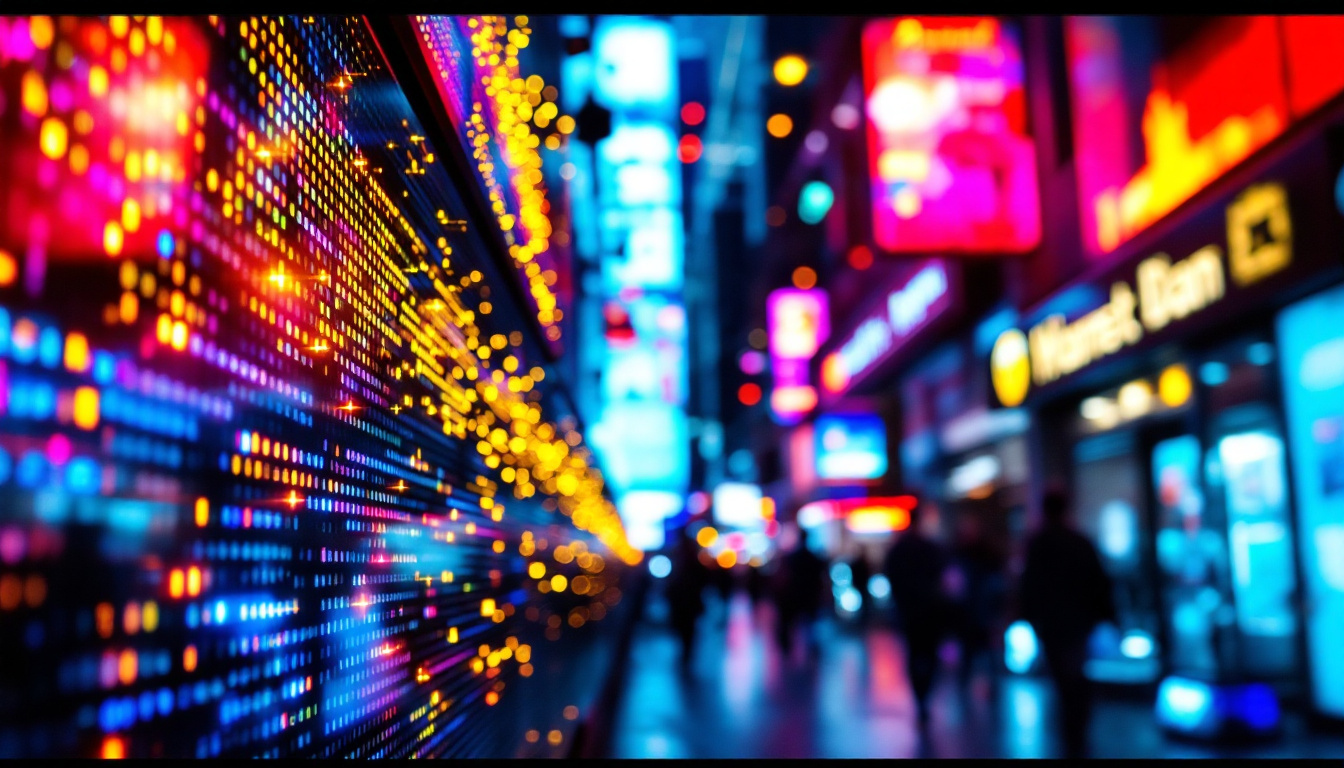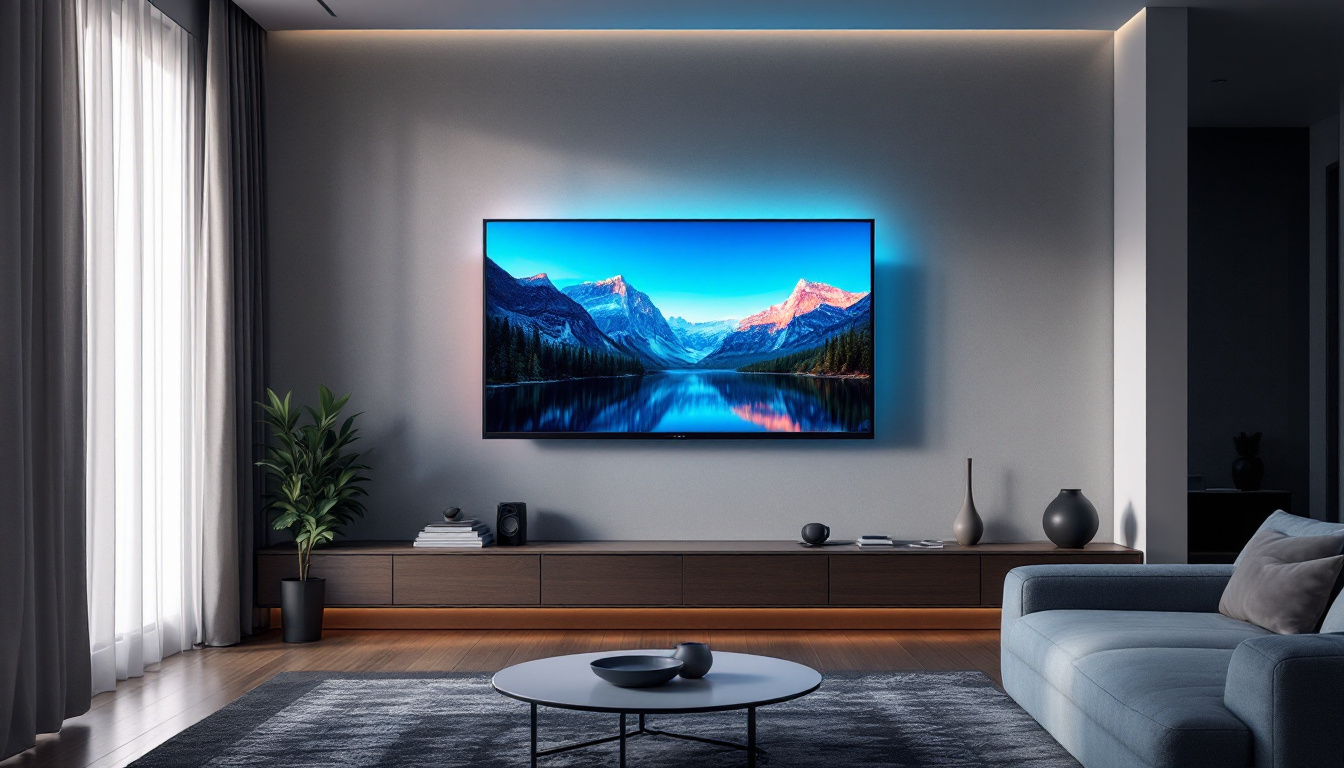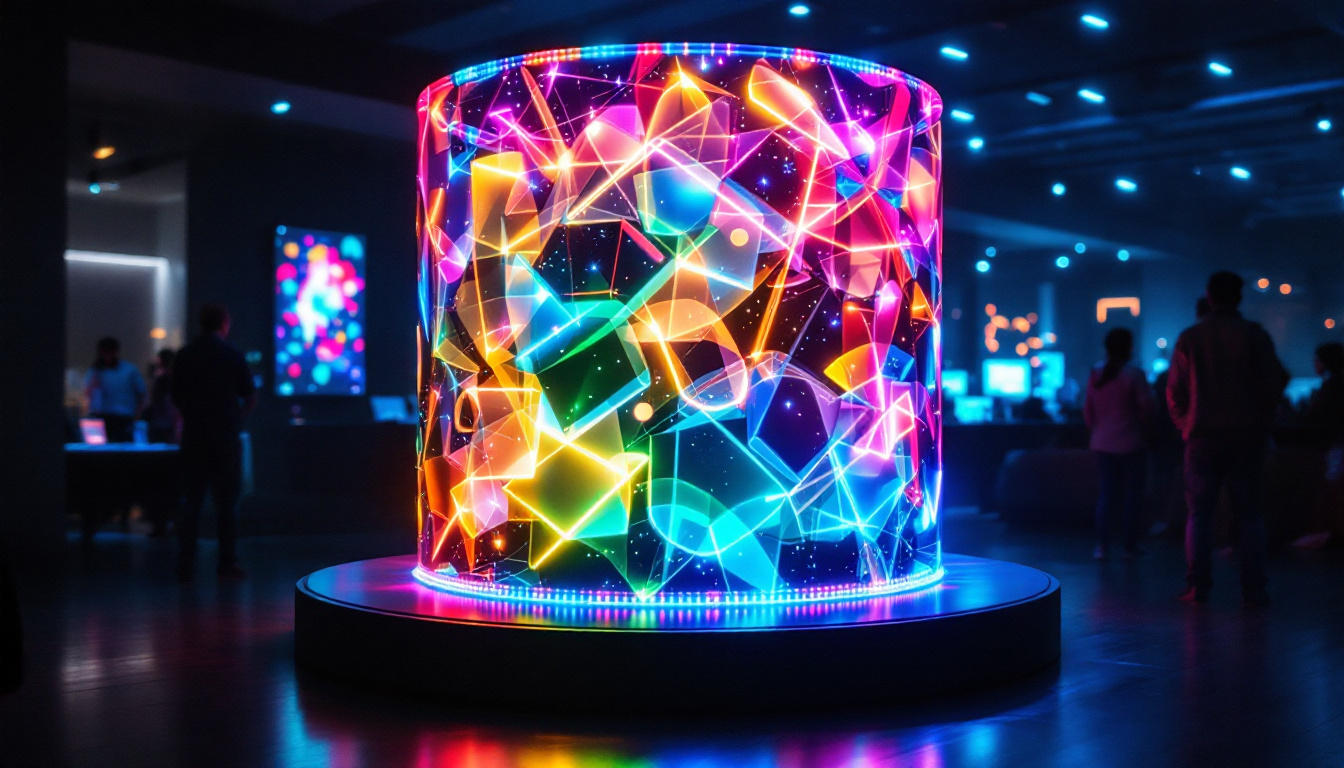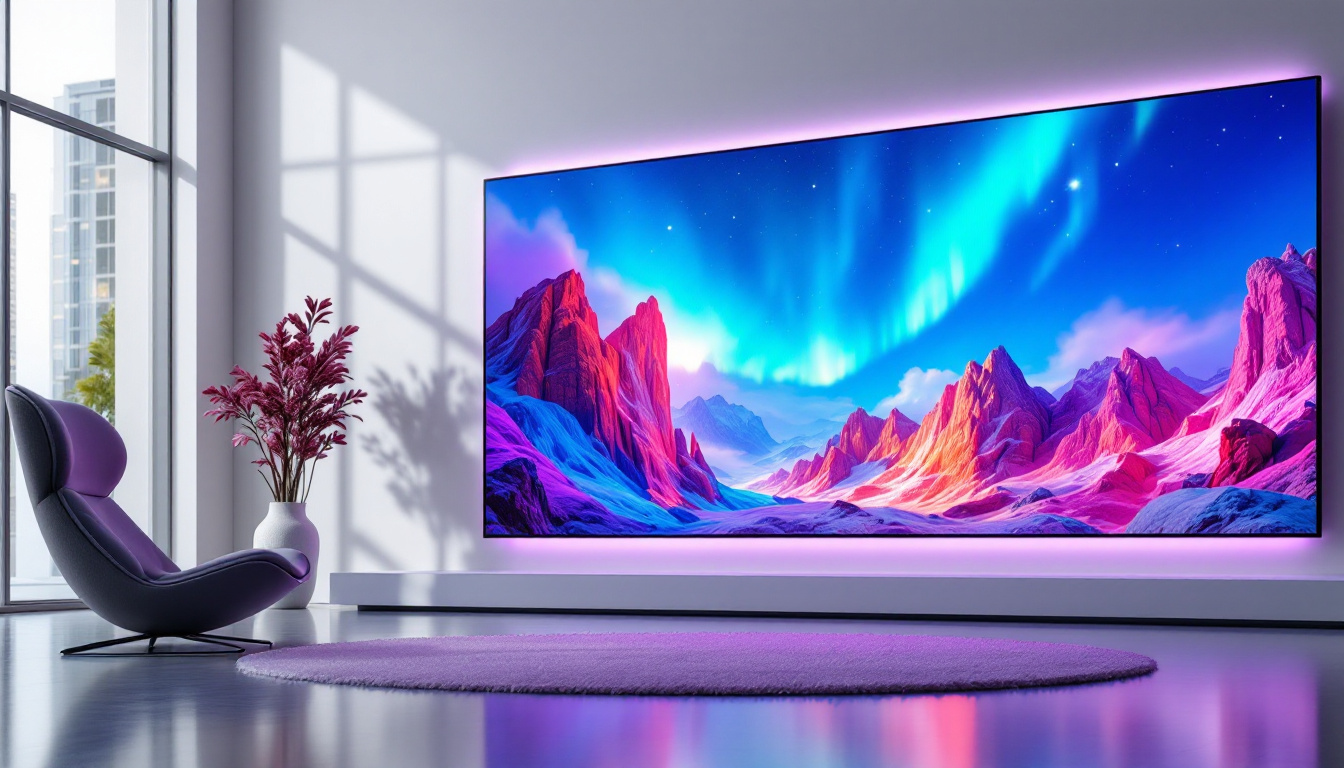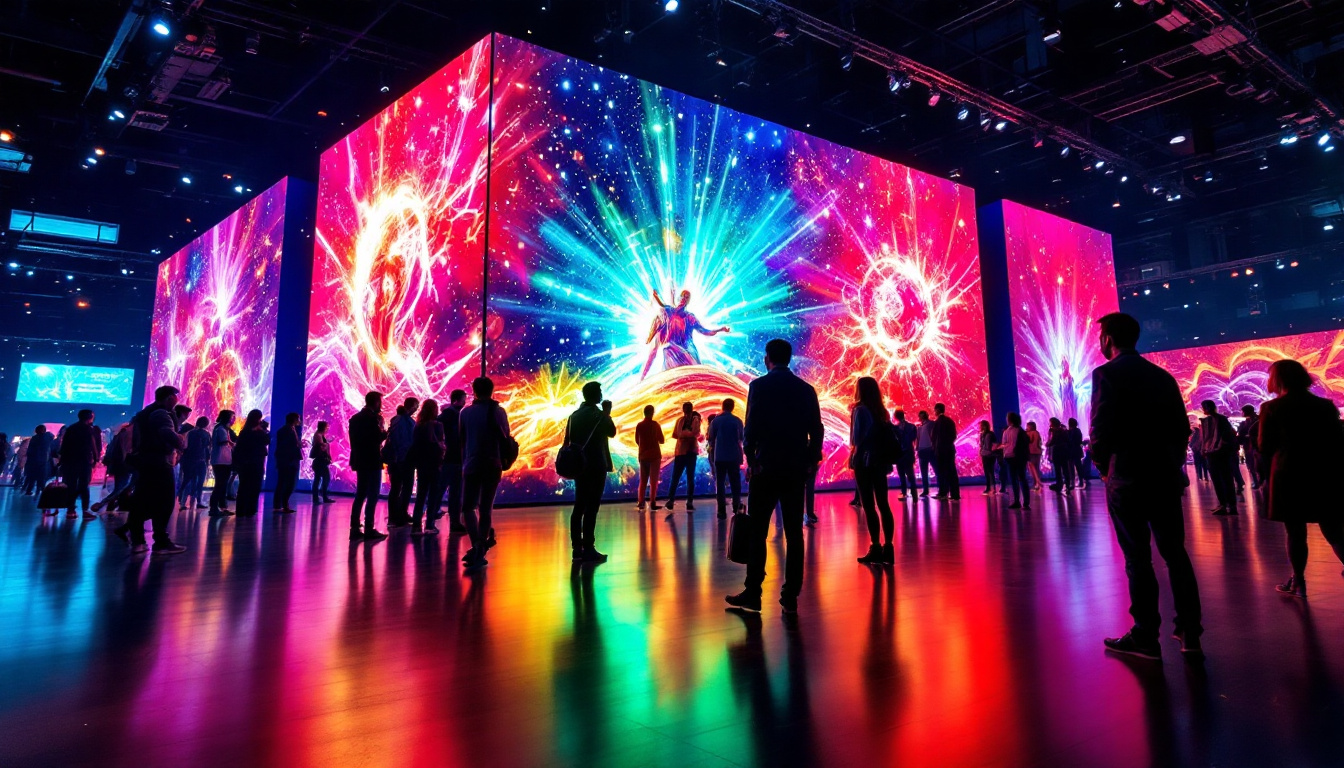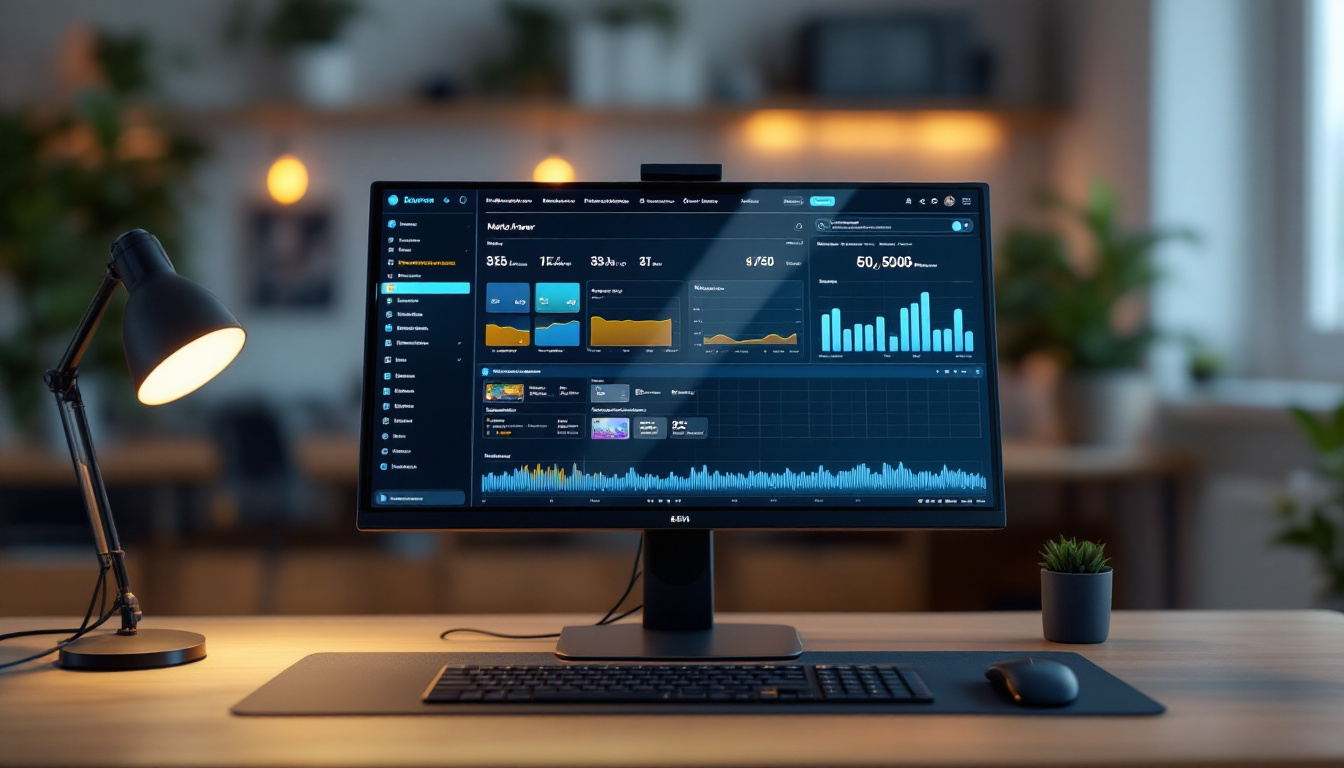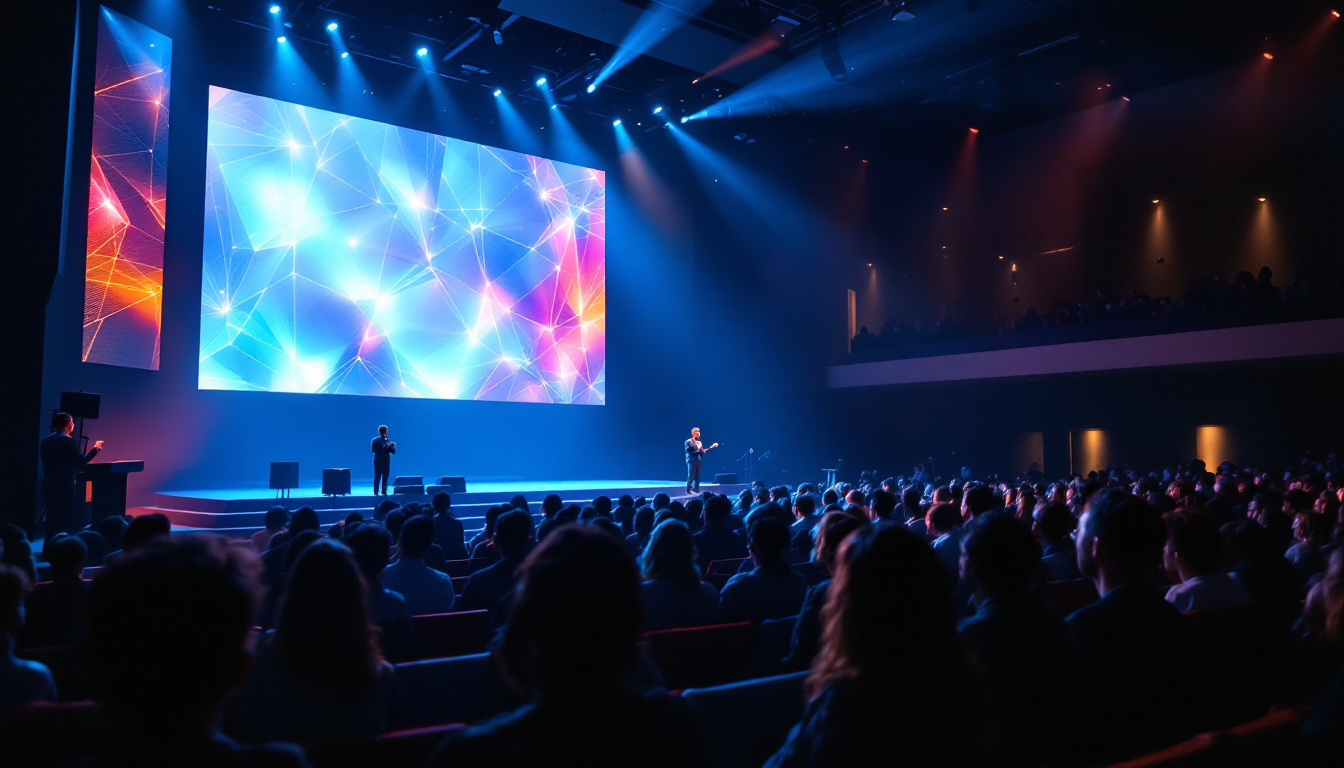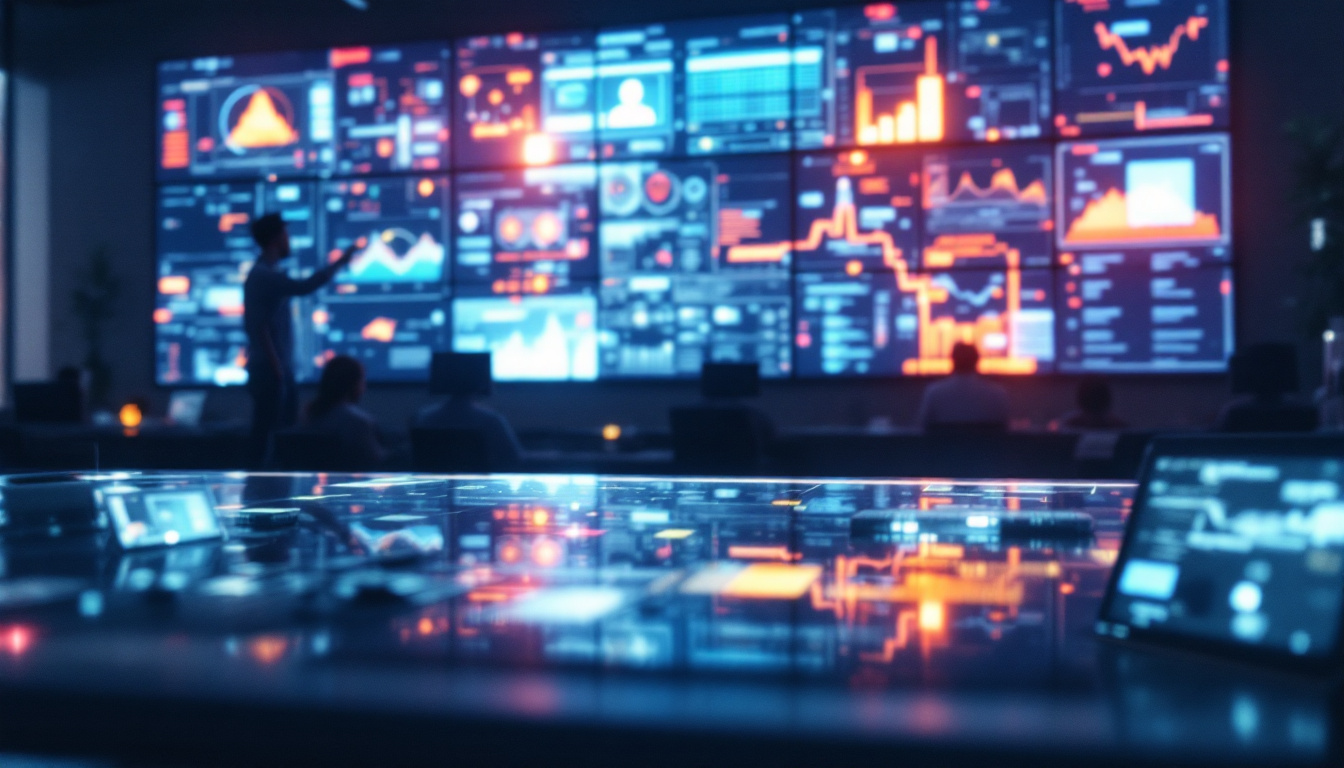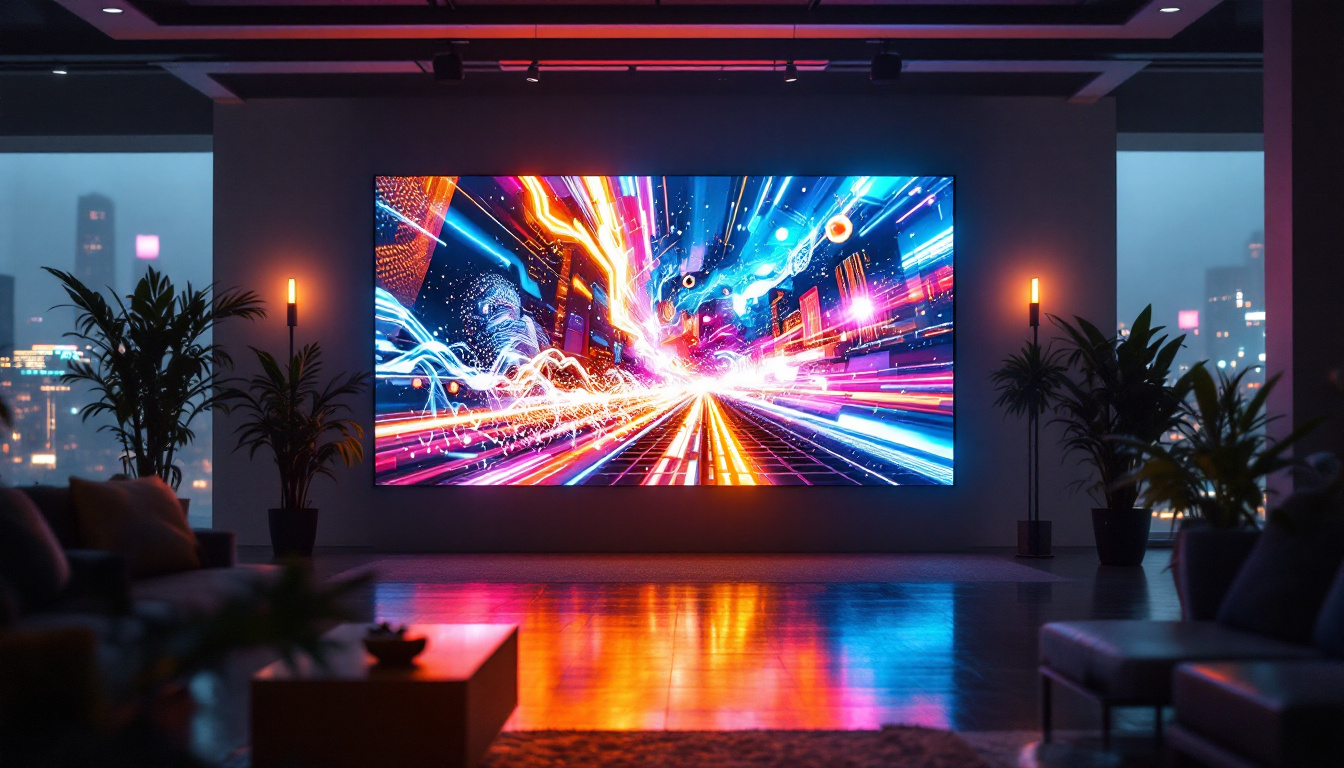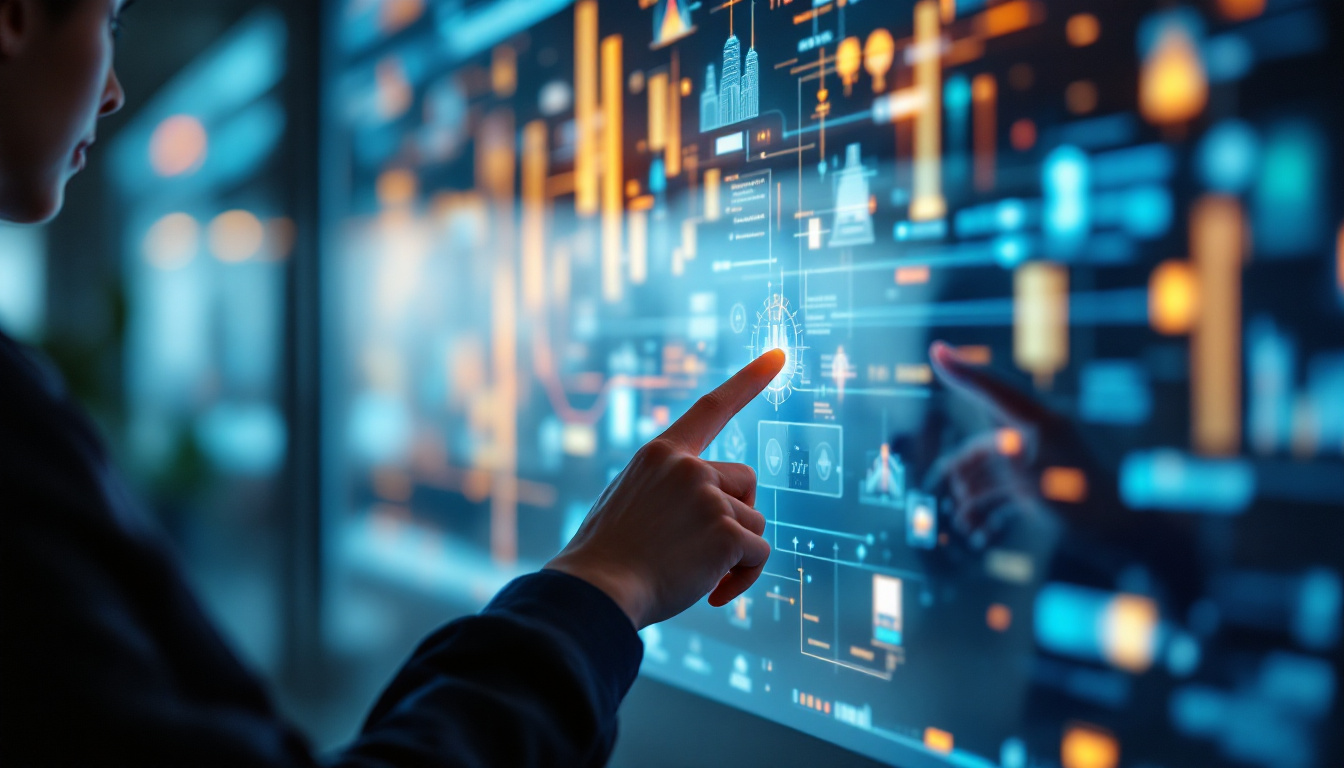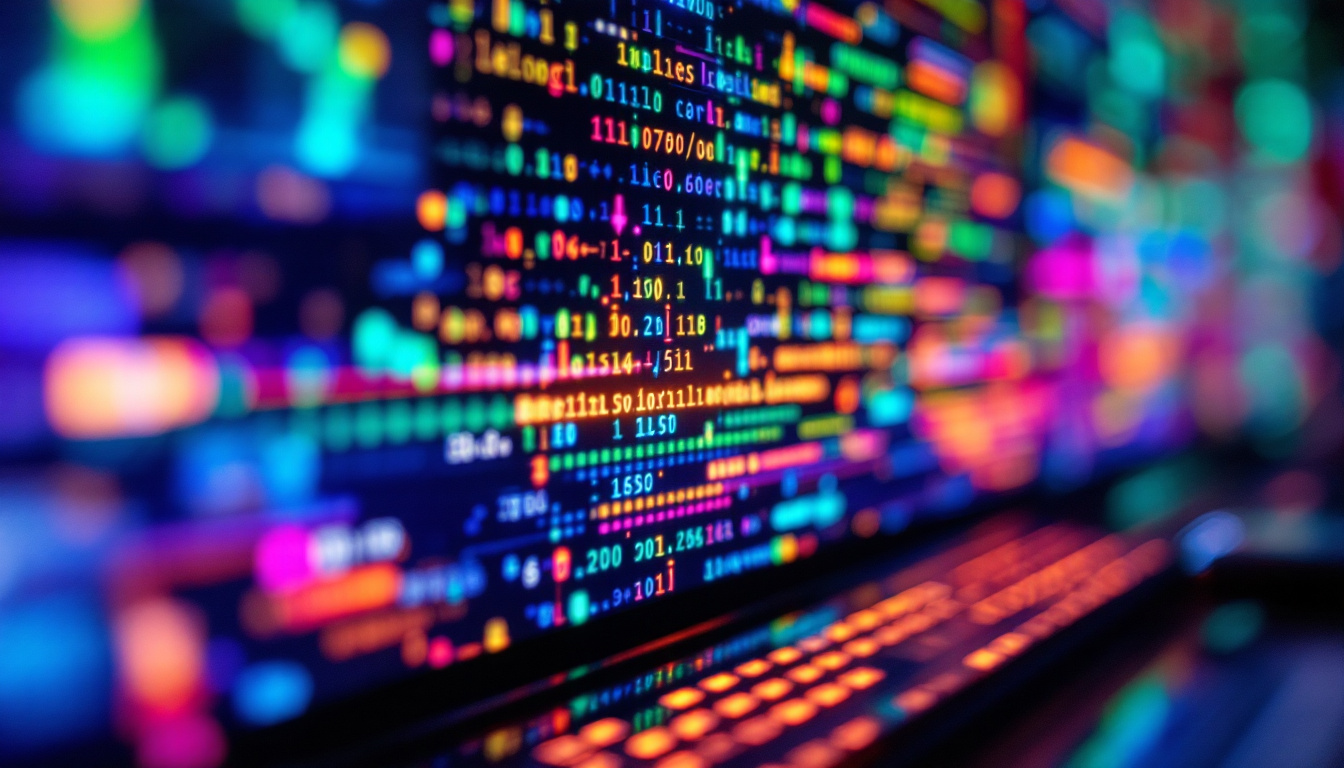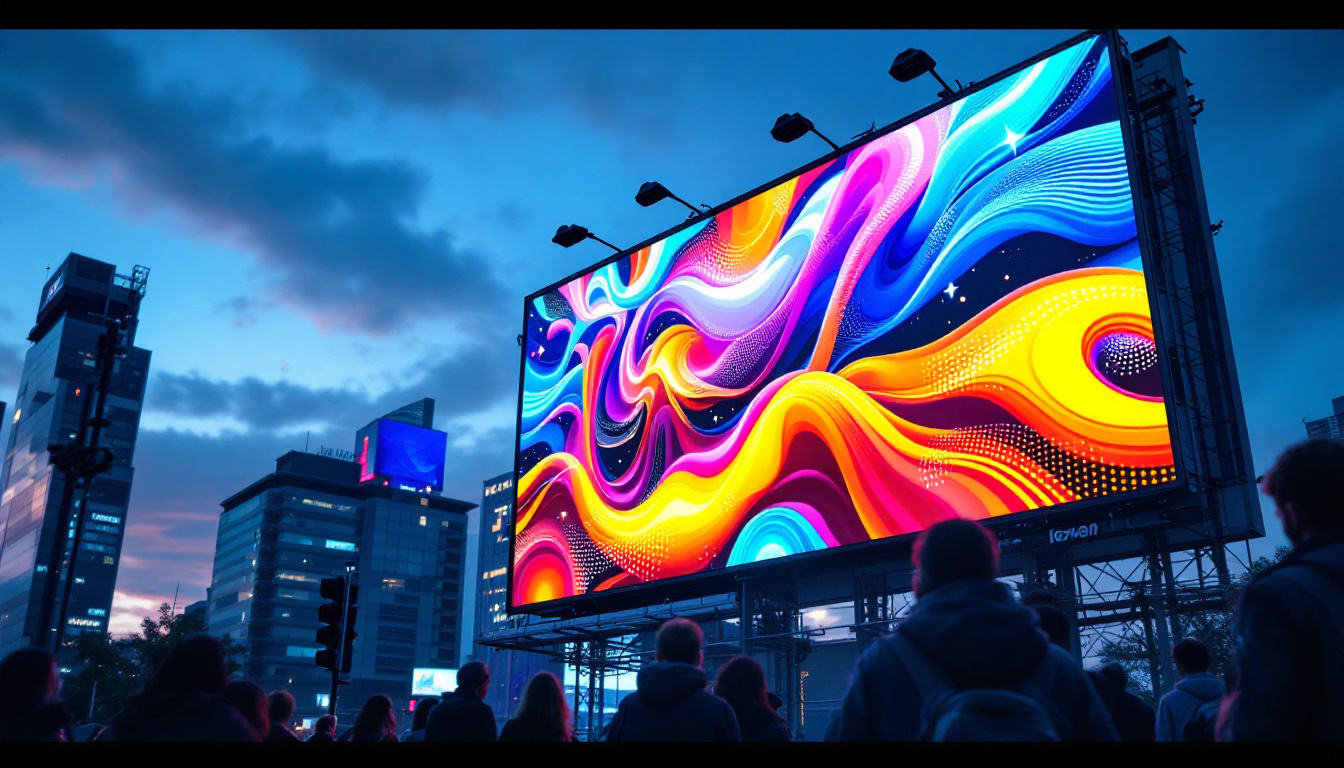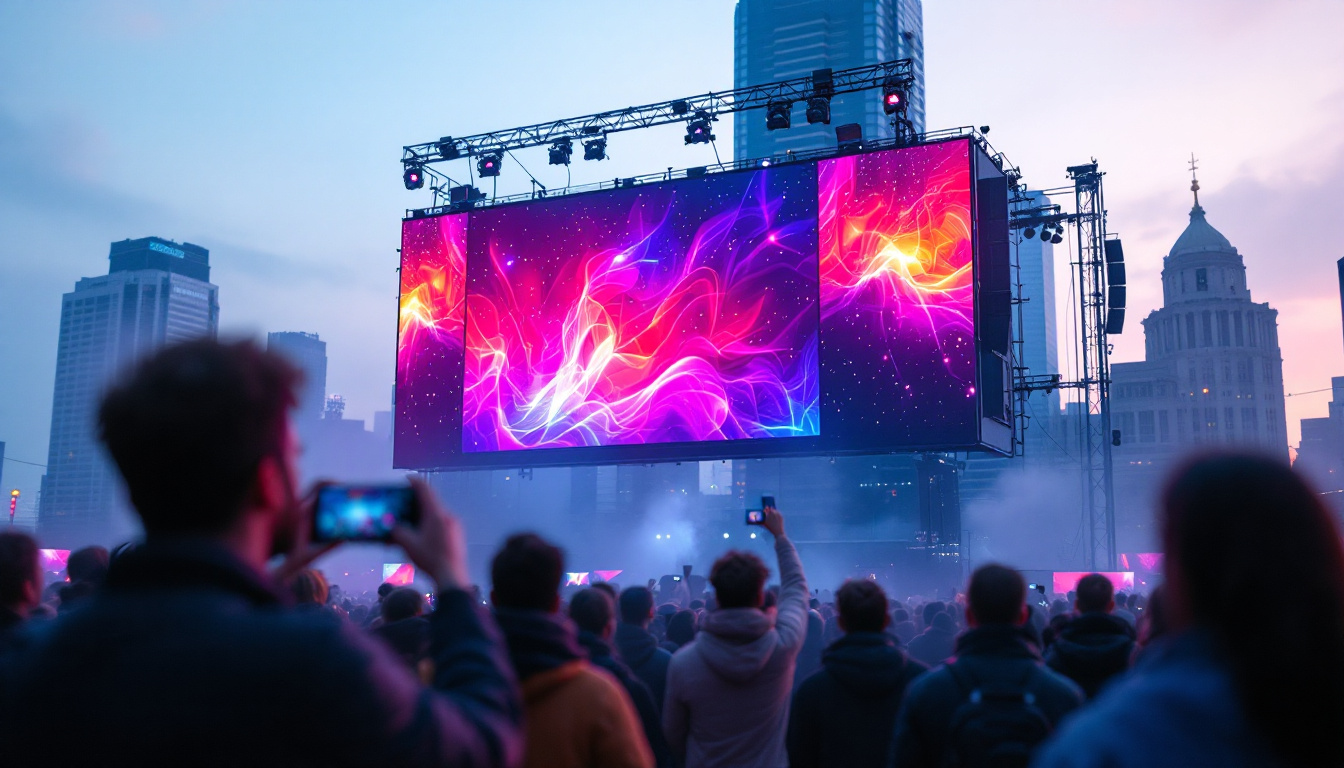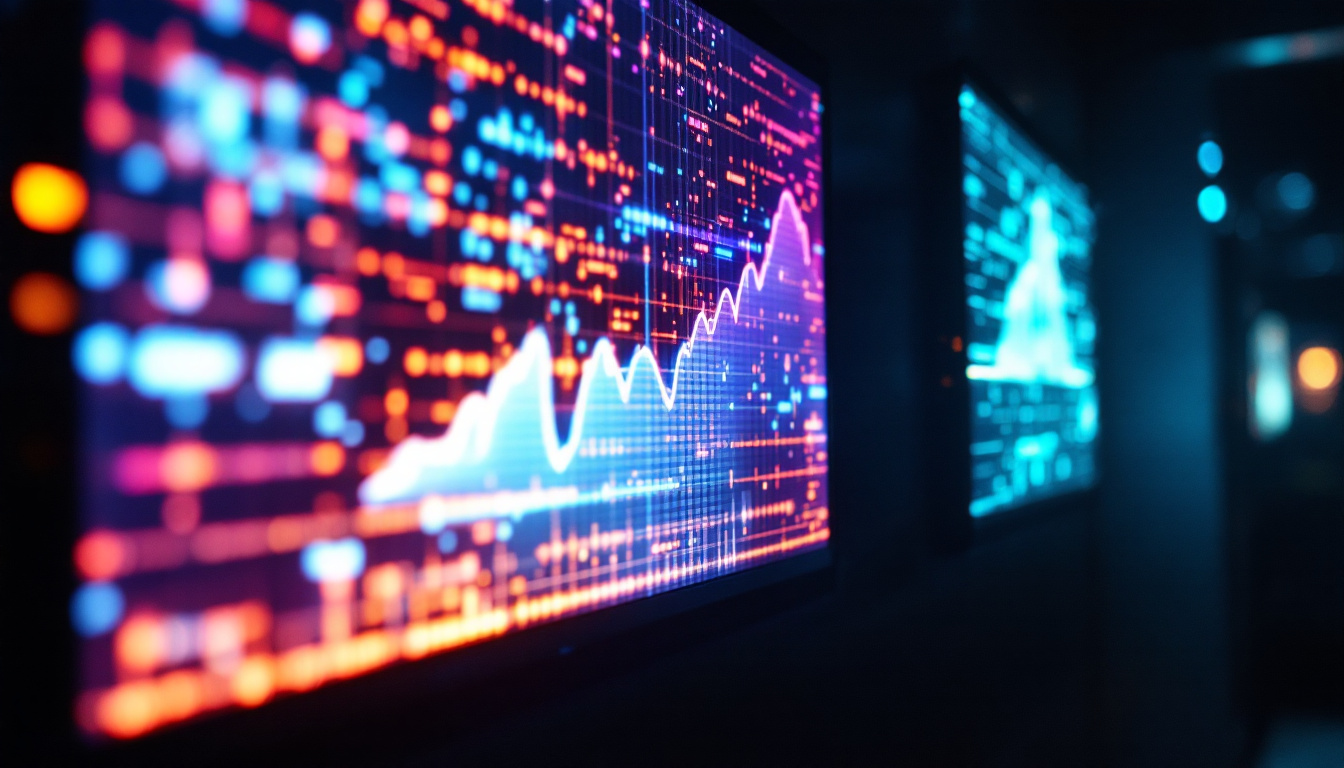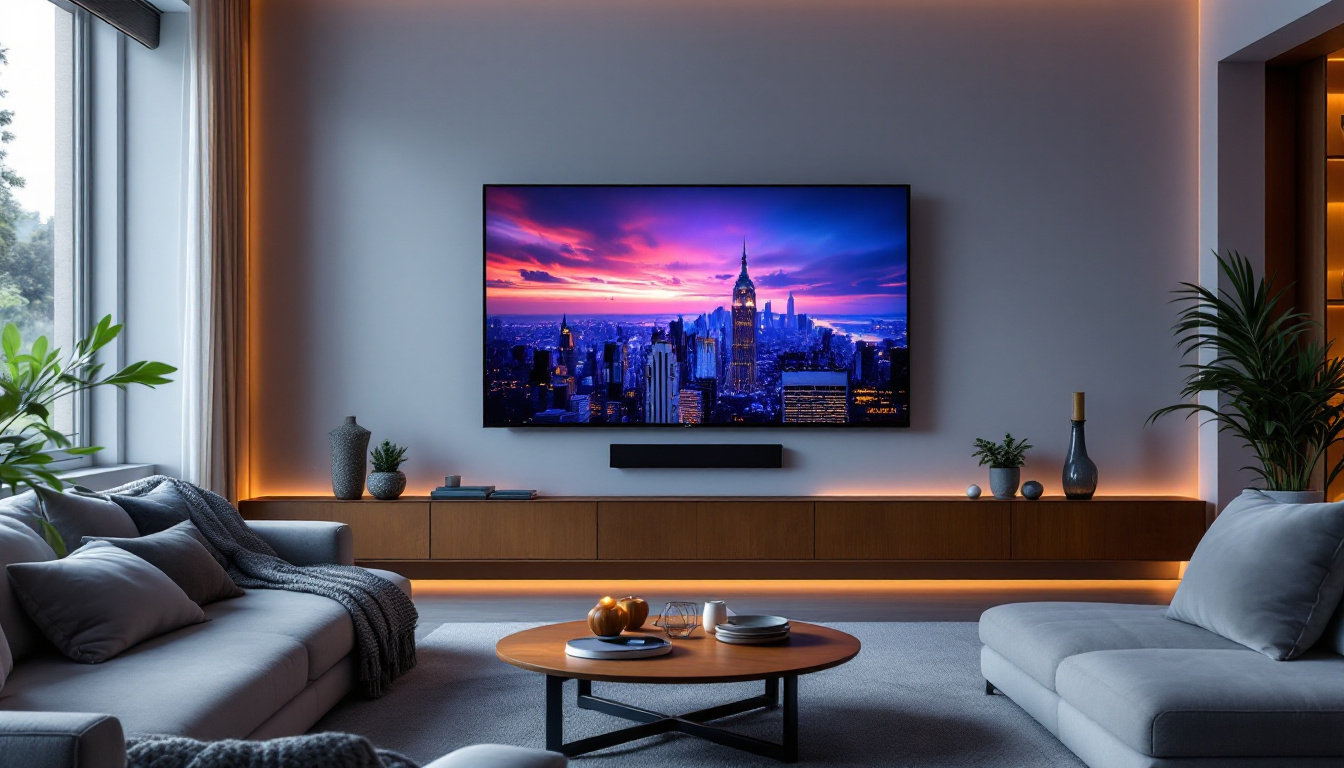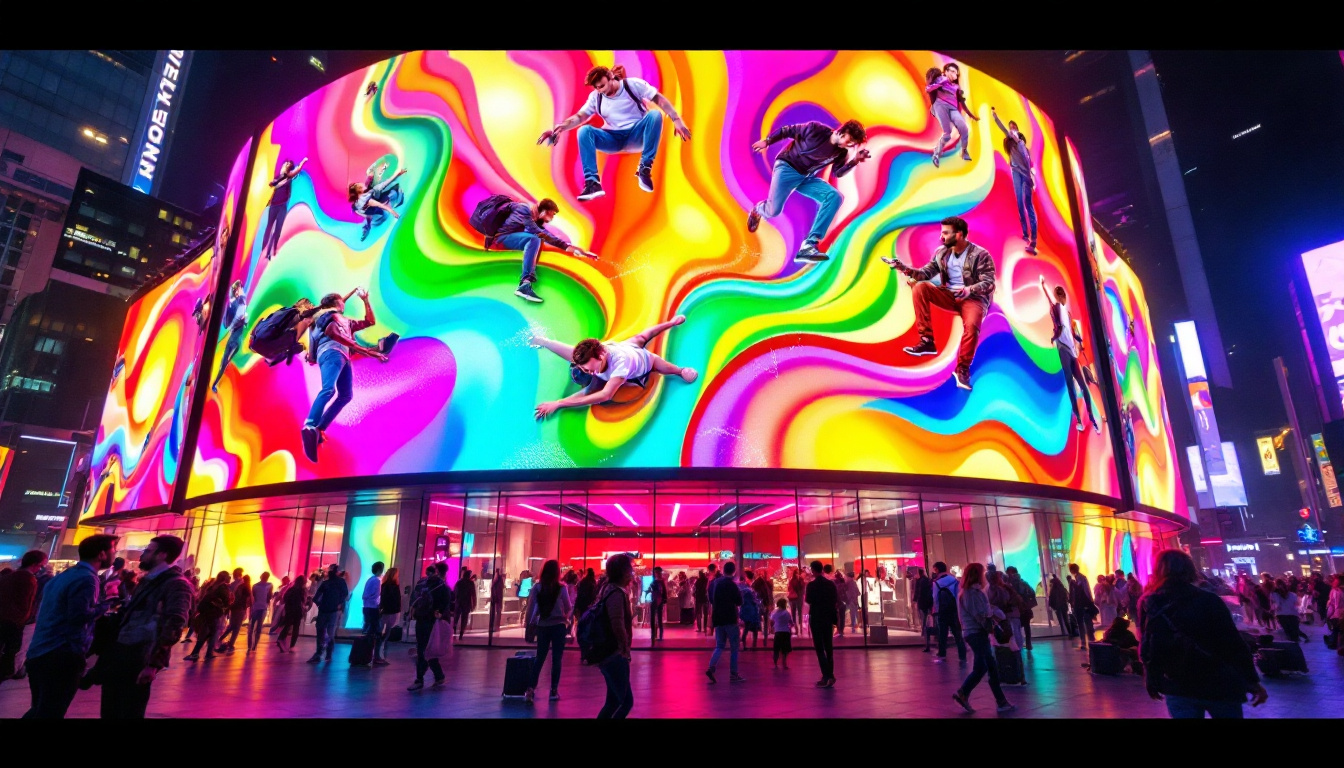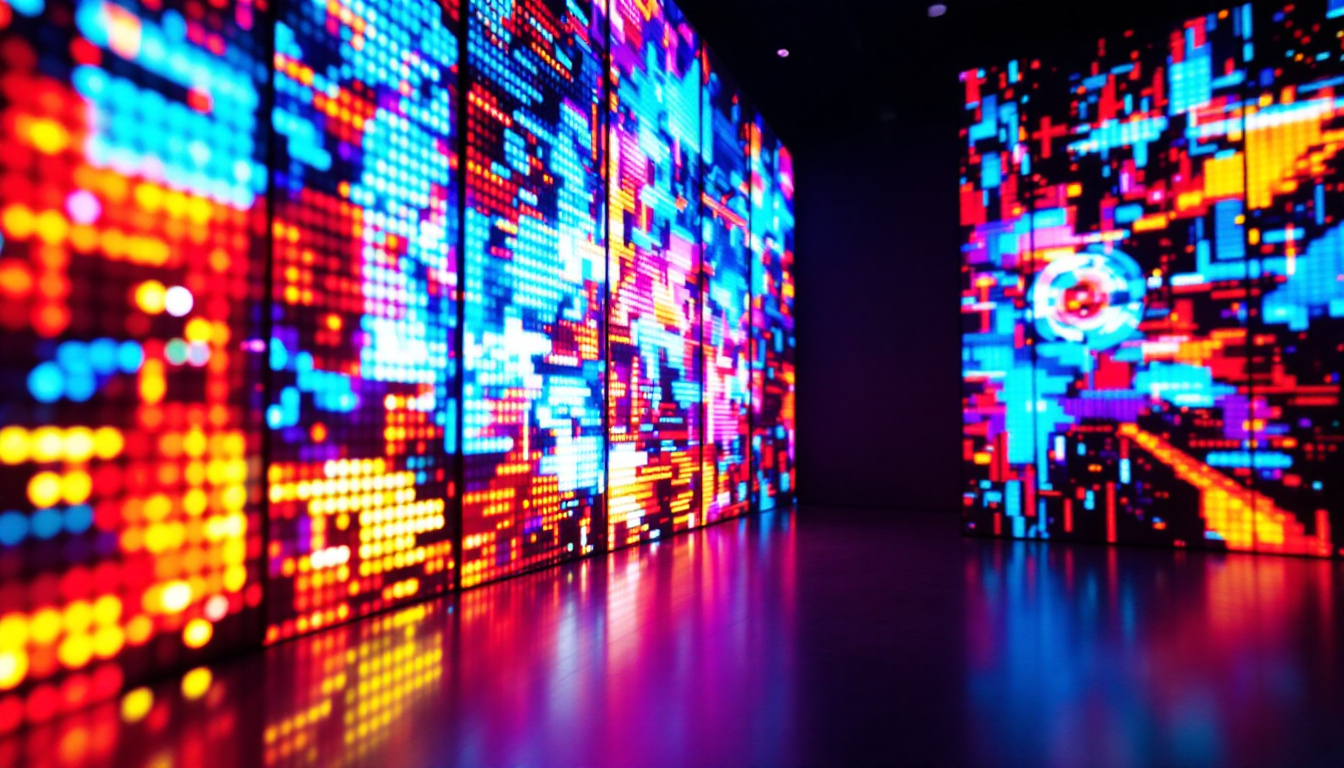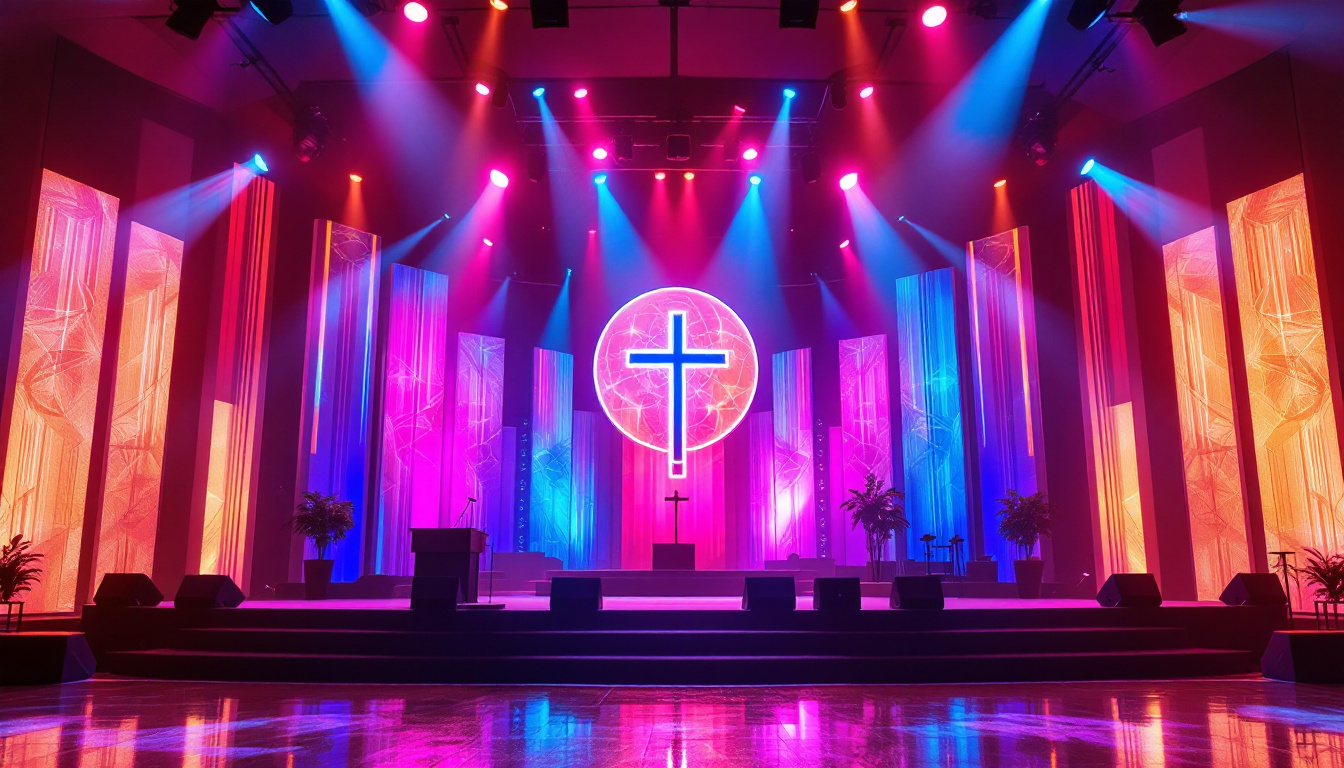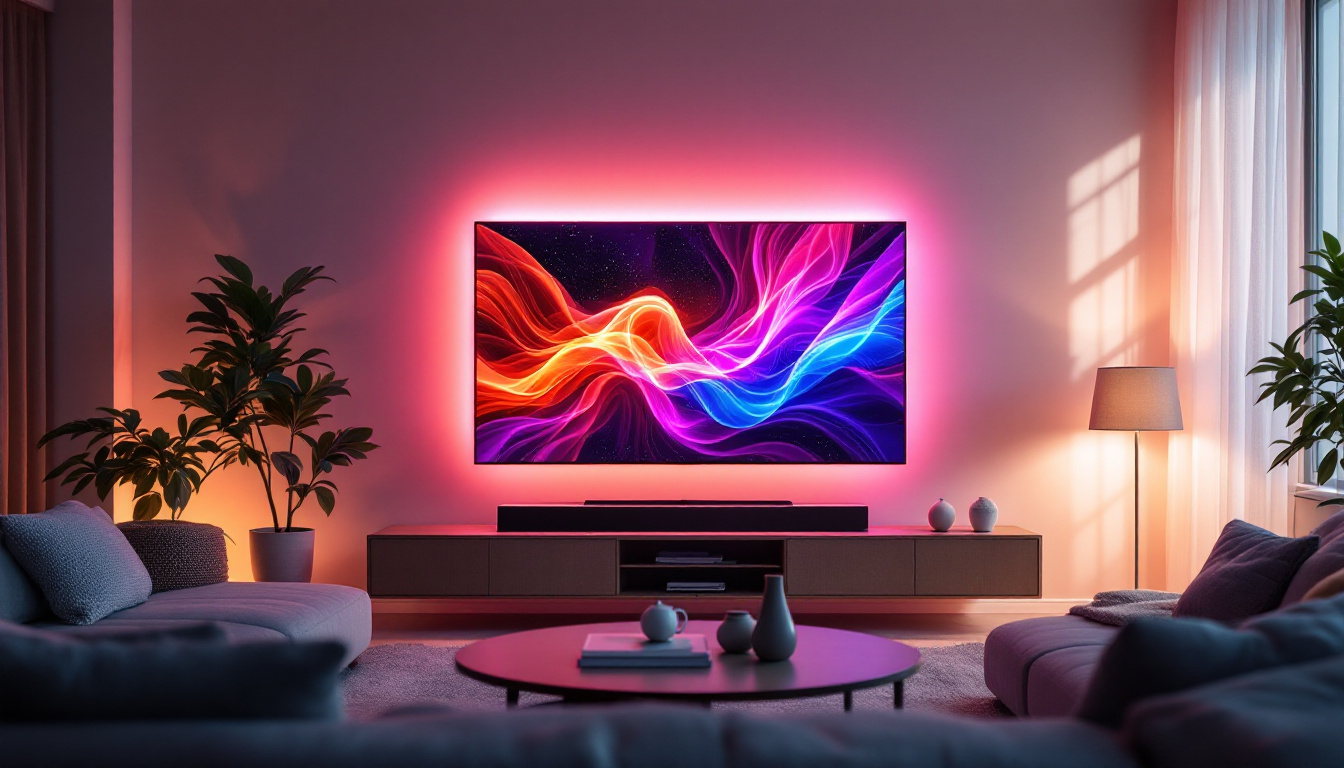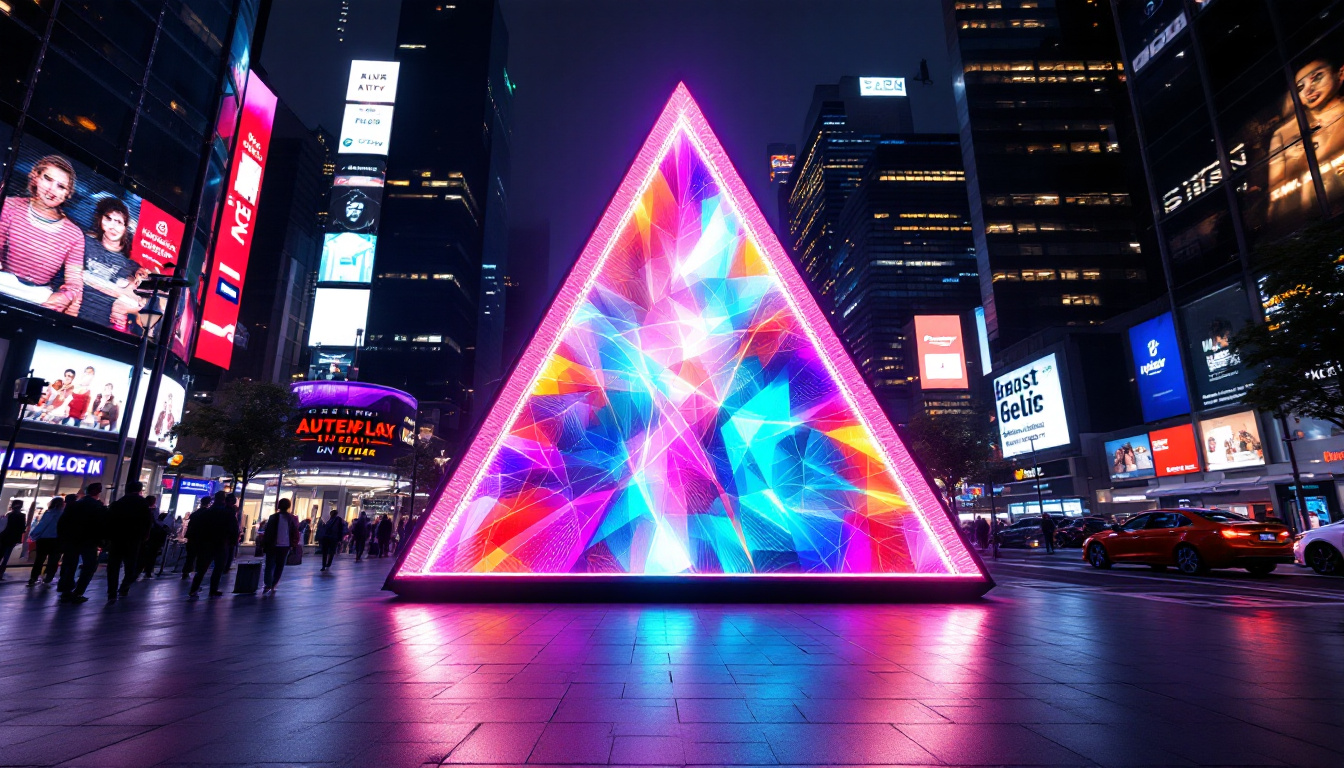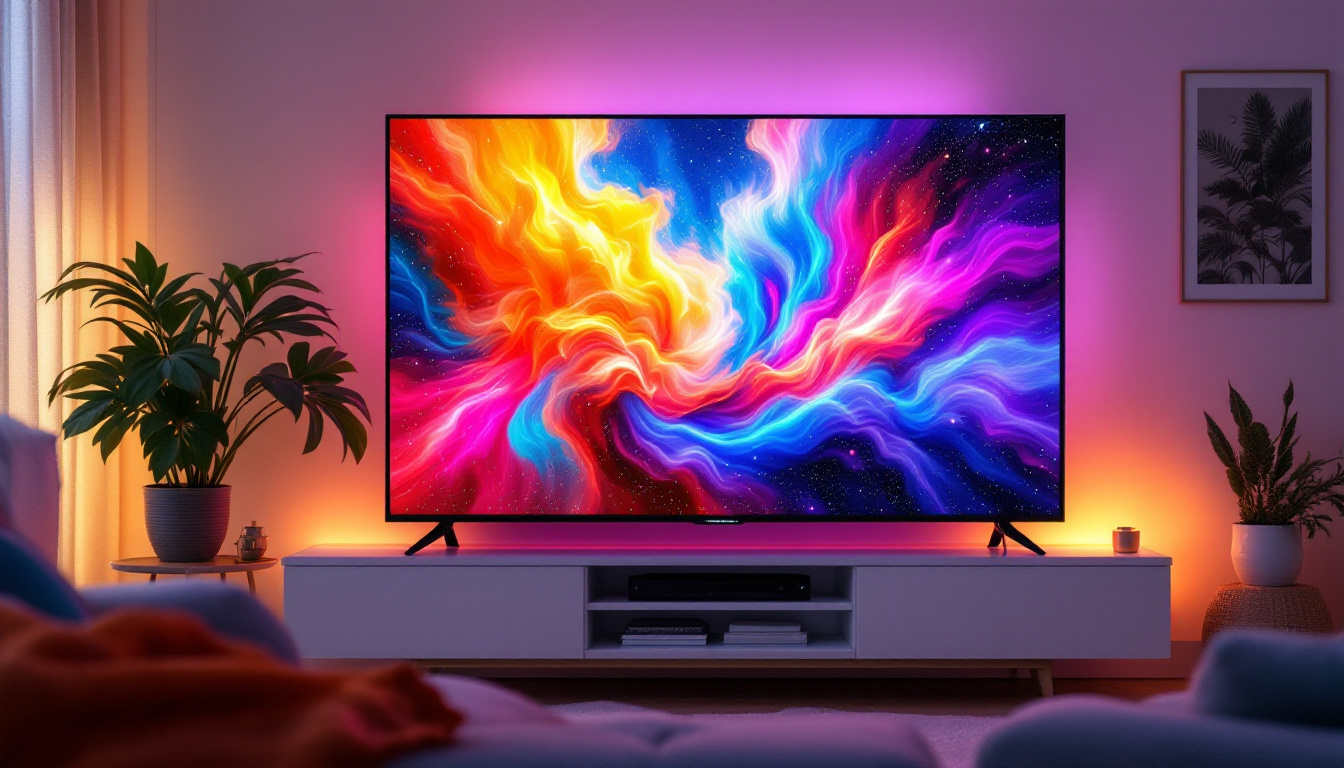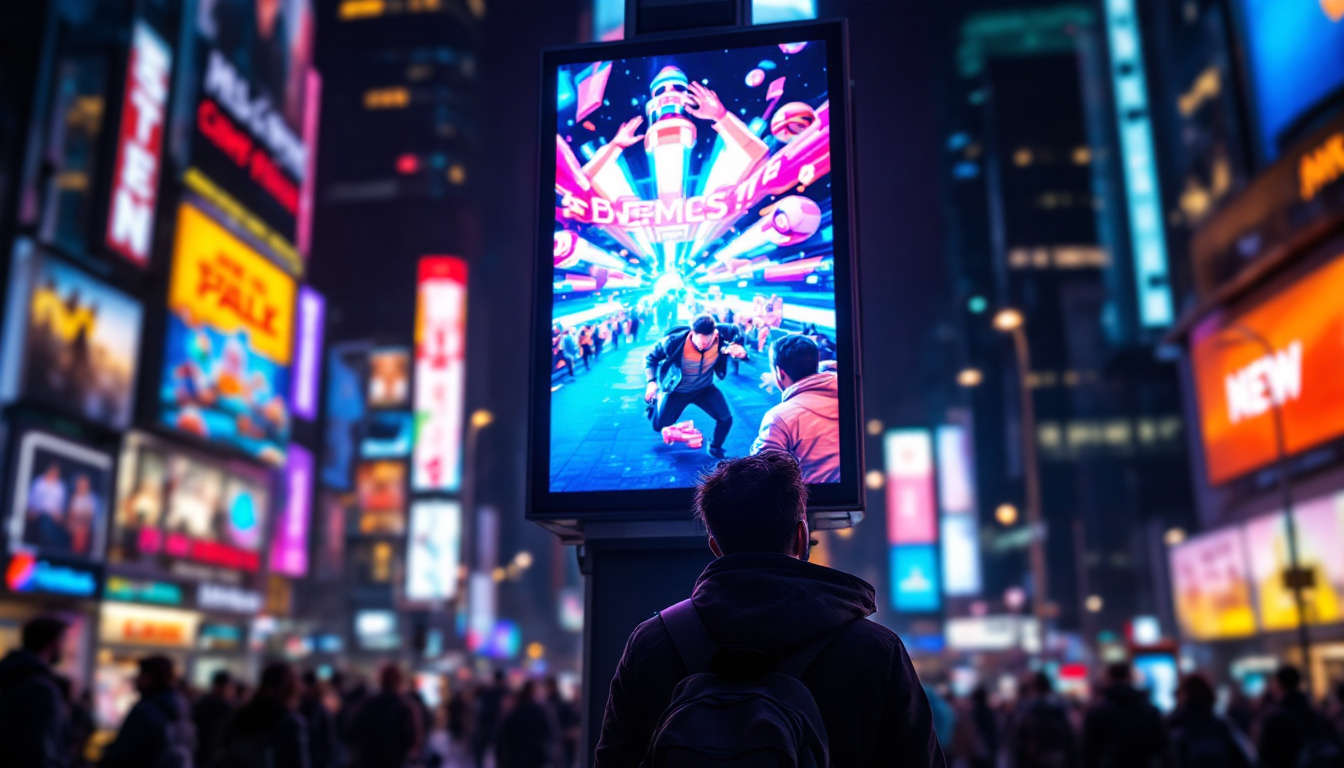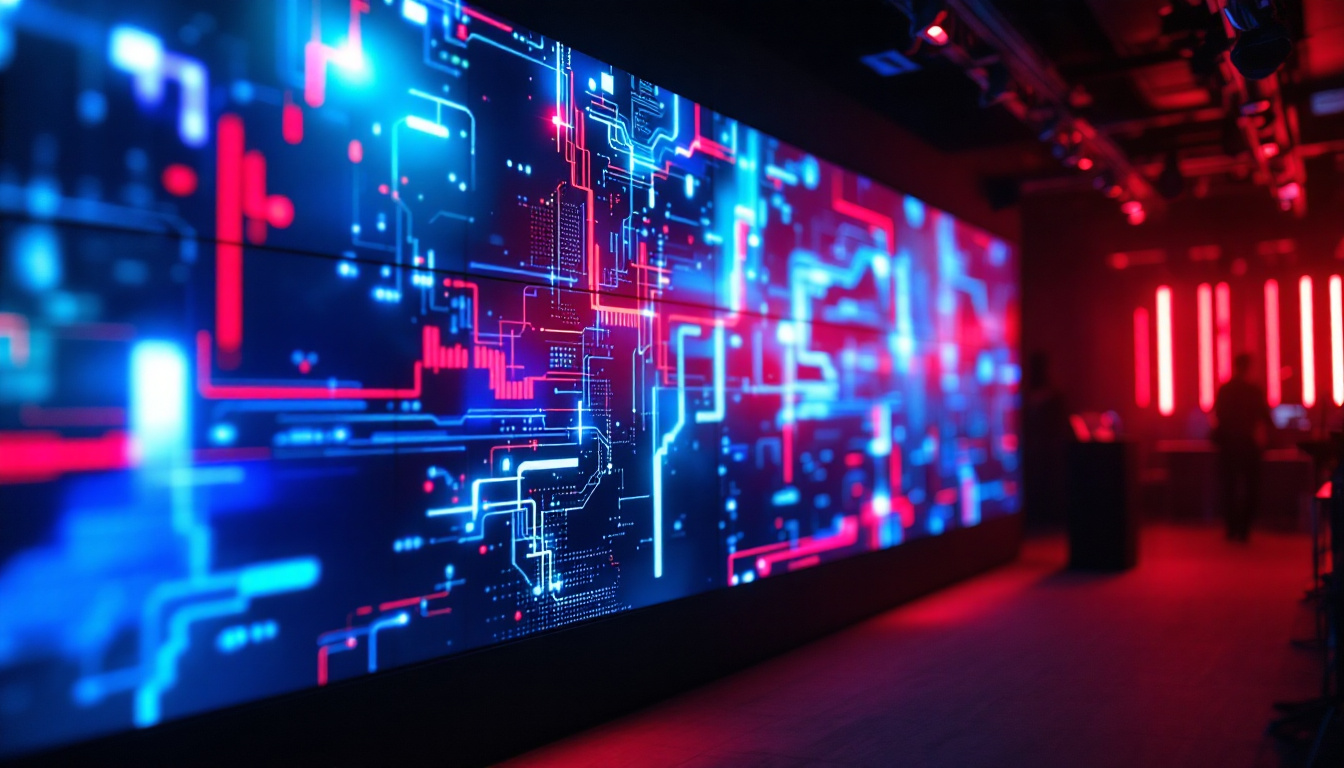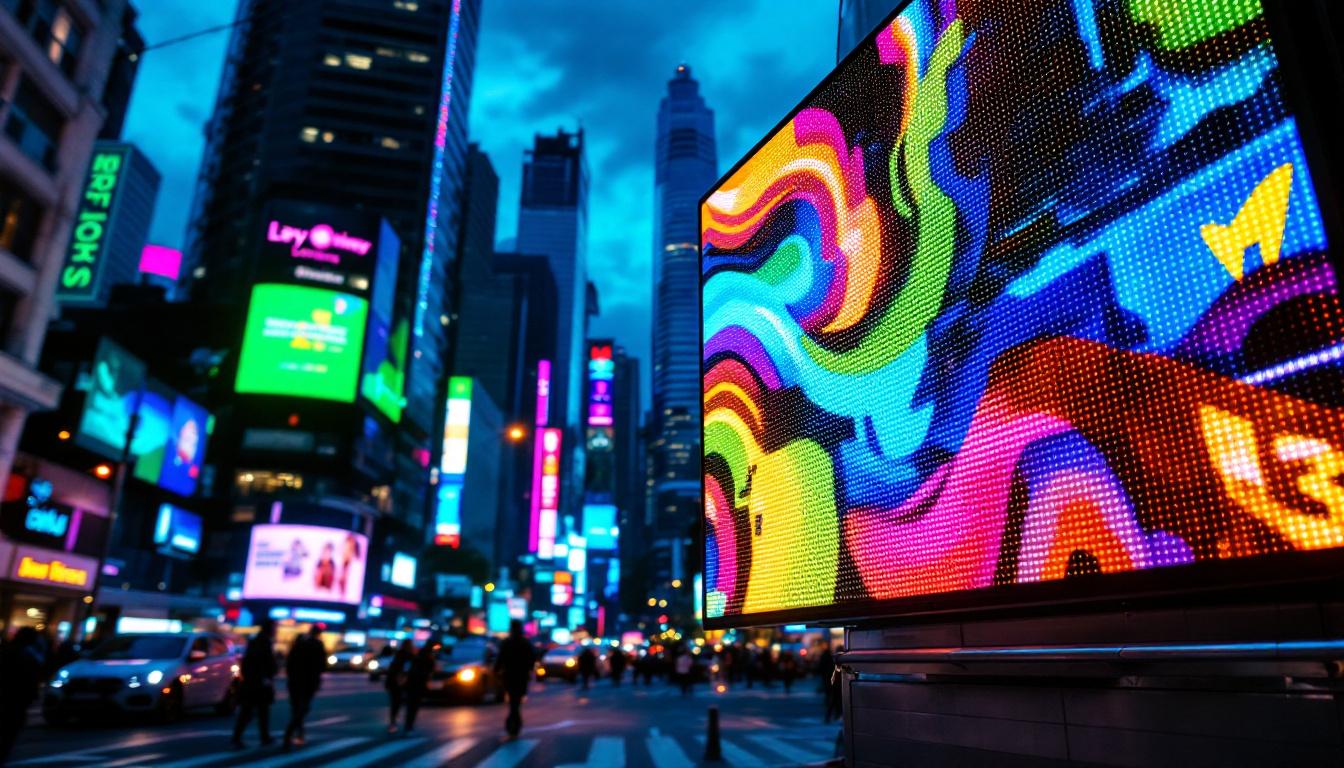In the realm of modern technology, LED displays have emerged as a transformative force, revolutionizing how we perceive visual content. From televisions and smartphones to large-scale advertising billboards, LED technology has become ubiquitous. This article delves into the intricacies of LED displays, exploring their functionality, benefits, and diverse applications.
Understanding LED Technology
Light Emitting Diodes (LEDs) are semiconductor devices that emit light when an electric current passes through them. This fundamental principle underpins the operation of LED displays. Unlike traditional display technologies, such as LCDs or CRTs, LEDs offer several advantages, including energy efficiency, longevity, and superior brightness. The compact size of LEDs also allows for innovative design possibilities, enabling manufacturers to create thinner and lighter displays that can fit into a variety of environments.
The Basics of LED Functionality
At the core of an LED display is a matrix of tiny light-emitting diodes. These diodes are arranged in a grid, where each individual LED can be controlled to emit light in various colors. By combining red, green, and blue (RGB) LEDs, a full spectrum of colors can be produced, allowing for vibrant and dynamic images. This RGB combination is fundamental in creating not only standard displays but also in more advanced applications such as 3D displays and augmented reality interfaces.
The process of displaying an image involves modulating the intensity of each LED in the grid. This modulation creates the illusion of a continuous image, as the human eye perceives the rapidly changing light as a cohesive picture. This technique is known as pulse-width modulation (PWM), which plays a crucial role in achieving the desired brightness and color accuracy. Additionally, PWM can help reduce flicker, making LED displays more comfortable for prolonged viewing, which is particularly important in environments like offices or classrooms where screens are used for extended periods.
Types of LED Displays
LED displays come in various forms, each tailored to specific applications. The two primary types are:
- Direct View LED Displays: These displays consist of individual LEDs that form the entire screen. They are commonly used for large outdoor billboards and digital signage, offering exceptional brightness and visibility even in direct sunlight. Their robust construction allows them to withstand harsh weather conditions, making them ideal for outdoor advertising and public information displays.
- LED-backlit LCD Displays: In this configuration, LEDs are used to illuminate an LCD panel from behind. This hybrid approach combines the benefits of LCD technology with the superior brightness and color range of LEDs, making it popular in televisions and computer monitors. The use of LED backlighting also enables manufacturers to create thinner panels, enhancing the aesthetic appeal of modern devices.
In addition to these primary types, there are also specialized LED displays designed for specific uses. For instance, flexible LED displays can be bent or shaped to fit unconventional spaces, making them perfect for creative installations in art galleries or retail environments. Furthermore, transparent LED displays are gaining popularity in retail and architectural applications, allowing for captivating visual effects while maintaining visibility through the screen. These innovations highlight the versatility of LED technology and its potential to transform the way we interact with visual information.
Advantages of LED Displays
The growing popularity of LED displays can be attributed to a myriad of advantages that set them apart from traditional display technologies. Understanding these benefits is essential for both consumers and businesses looking to invest in display solutions.
Energy Efficiency
One of the most significant advantages of LED displays is their energy efficiency. Compared to older technologies, LEDs consume considerably less power while providing higher brightness levels. This efficiency not only reduces electricity costs but also contributes to a smaller carbon footprint, making LED displays an environmentally friendly choice. Moreover, the ability to adjust brightness levels based on ambient light conditions further enhances energy savings, allowing for optimal performance without unnecessary energy expenditure. This adaptability is particularly beneficial in settings like retail environments, where lighting needs can fluctuate throughout the day.
Longevity and Durability
LEDs are known for their impressive lifespan, often exceeding 50,000 hours of use. This longevity translates to fewer replacements and lower maintenance costs over time. Additionally, LED displays are more resistant to shock and vibration, making them suitable for a variety of environments, from bustling urban centers to rugged outdoor settings. Their robust construction also means they are less prone to damage from extreme weather conditions, such as heavy rain or intense sunlight. This resilience not only enhances their reliability but also allows businesses to deploy LED displays in diverse locations, from outdoor billboards to indoor venues, without the constant worry of wear and tear. Furthermore, the technology behind LED displays has evolved, leading to innovations such as flexible LED screens that can be shaped to fit unique spaces, expanding their application potential even further.
Applications of LED Displays
LED displays have found applications across a wide range of industries, each leveraging the unique capabilities of this technology to enhance communication and engagement. Here are some notable applications:
Advertising and Marketing
In the advertising sector, LED displays have become a staple for promoting products and services. Their ability to deliver bright, eye-catching visuals makes them ideal for billboards, storefronts, and event displays. Businesses can easily update content in real-time, allowing for dynamic marketing campaigns that capture consumer attention. Moreover, the versatility of LED technology enables advertisers to create interactive experiences, such as touch-sensitive displays that engage customers directly. This interactivity not only boosts brand visibility but also fosters a deeper connection between consumers and the products being showcased.
Entertainment and Events
From concerts to sports events, LED displays play a vital role in enhancing the audience experience. Large-scale LED screens are often used to broadcast live performances, ensuring that every attendee has a clear view of the action. Additionally, LED technology allows for stunning visual effects that can elevate the overall atmosphere of an event. The integration of LED displays with sound systems can create a multisensory experience, captivating audiences with synchronized visuals and audio. Furthermore, event organizers are increasingly using LED walls for immersive storytelling, transforming traditional presentations into engaging narratives that resonate with viewers.
Public Information and Transportation
LED displays are widely utilized in public transportation systems to provide real-time information to commuters. Bus and train stations often feature LED screens that display arrival and departure times, helping passengers stay informed. This application enhances the efficiency of public transport and improves the overall travel experience. Beyond mere schedules, many transit systems are now incorporating LED displays to communicate important alerts, such as service disruptions or safety announcements, ensuring that passengers are well-informed. Additionally, these displays can be programmed to show advertisements or local news, turning waiting areas into dynamic information hubs that serve the community.
Retail Environments
In retail settings, LED displays are revolutionizing the shopping experience by providing dynamic content that can influence purchasing decisions. Retailers utilize LED screens for product showcases, promotional videos, and even virtual fitting rooms, where customers can see how clothes would look without trying them on physically. This technology not only enhances customer engagement but also helps retailers manage inventory by promoting items that are overstocked or on sale. Furthermore, the ability to change content based on the time of day or season allows retailers to maintain a fresh and appealing atmosphere, encouraging repeat visits and customer loyalty.
Healthcare Facilities
LED displays are increasingly being adopted in healthcare facilities to improve patient communication and streamline operations. Hospitals and clinics utilize LED screens to convey important information, such as wait times, health tips, and wayfinding assistance, helping patients navigate complex environments. In waiting areas, LED displays can provide educational content about health and wellness, keeping patients informed while they wait. Additionally, these displays can be integrated with emergency alert systems, ensuring that critical messages reach staff and visitors promptly, thereby enhancing safety and operational efficiency in healthcare settings.
Challenges and Considerations
While LED displays offer numerous advantages, there are also challenges and considerations that must be addressed. Understanding these factors is crucial for making informed decisions regarding LED technology.
Initial Investment Costs
One of the primary challenges associated with LED displays is the initial investment cost. Although prices have decreased over the years, high-quality LED displays can still represent a significant upfront expense. Businesses must weigh this cost against the long-term benefits, such as energy savings and reduced maintenance.
Brightness and Viewing Angles
While LED displays are known for their brightness, not all models perform equally well in various lighting conditions. It’s essential to choose a display that matches the intended environment. Additionally, viewing angles can vary, with some displays offering limited visibility from certain positions. This factor is particularly important for applications where multiple viewers will be present.
Future Trends in LED Display Technology
The future of LED display technology is promising, with ongoing advancements poised to further enhance performance and versatility. Several trends are emerging that are likely to shape the industry in the coming years.
MicroLED Technology
MicroLED technology is gaining traction as a next-generation display solution. This innovation involves using microscopic LEDs to create individual pixels, resulting in displays with exceptional resolution, color accuracy, and energy efficiency. MicroLED displays are expected to find applications in everything from televisions to augmented reality devices.
Flexible and Transparent Displays
As demand for innovative designs grows, flexible and transparent LED displays are becoming more prevalent. These displays can be bent or shaped to fit unique environments, opening up new possibilities for advertising and architectural applications. Transparent displays, in particular, allow for immersive experiences without obstructing views, making them ideal for retail and exhibition spaces.
Conclusion
LED displays have undoubtedly transformed the way visual content is presented, offering a blend of efficiency, durability, and stunning visuals. As technology continues to evolve, the applications and capabilities of LED displays will expand, further solidifying their place in various industries. Understanding the intricacies of LED technology, its benefits, and its challenges is essential for anyone looking to harness the power of this innovative display solution.
In summary, whether for advertising, entertainment, or public information, LED displays represent a significant advancement in display technology. Their versatility and performance make them an invaluable asset in today’s visually driven world.
Explore the Future of Visual Display with LumenMatrix
Ready to elevate your visual experience with the latest in LED technology? LumenMatrix is at the forefront of innovation, offering a wide array of LED display solutions tailored to your needs. From Indoor and Outdoor LED Wall Displays to specialized options like Vehicle, Sports, and Floor LED Displays, we have everything to transform your space into a dynamic visual environment. Discover the power of Custom, All-in-One, and Transparent LED Displays and see how our commitment to revolutionizing visual communication can enhance your brand’s presence. Check out LumenMatrix LED Display Solutions and join the visual revolution today.

